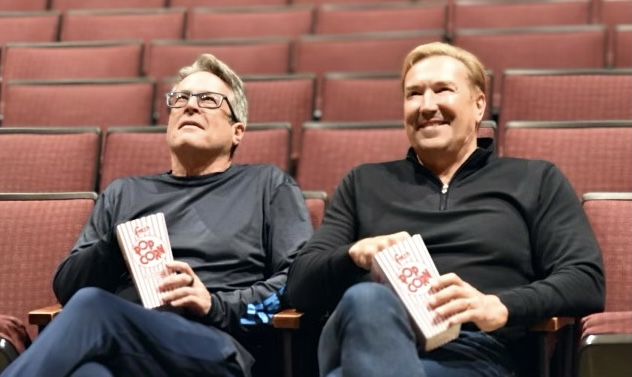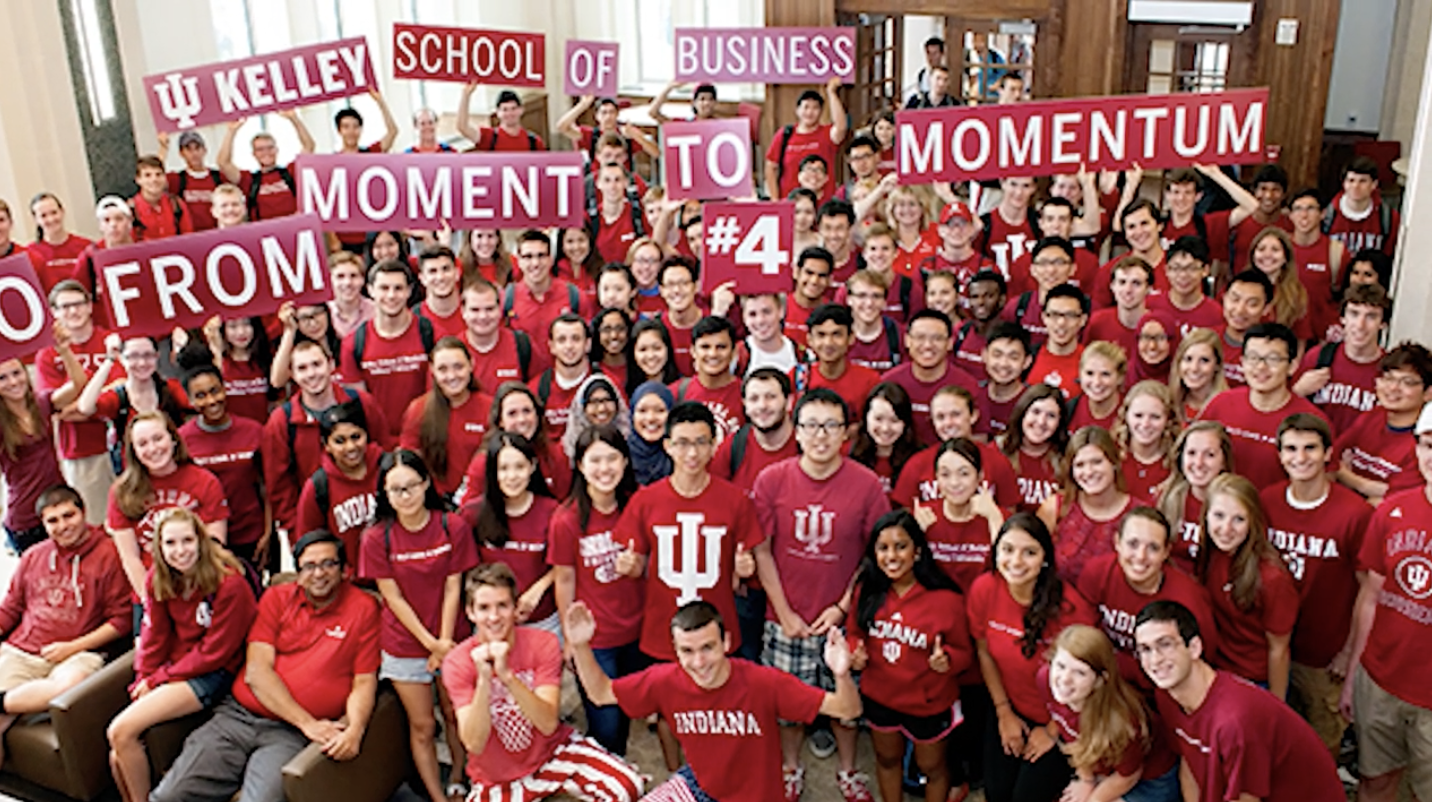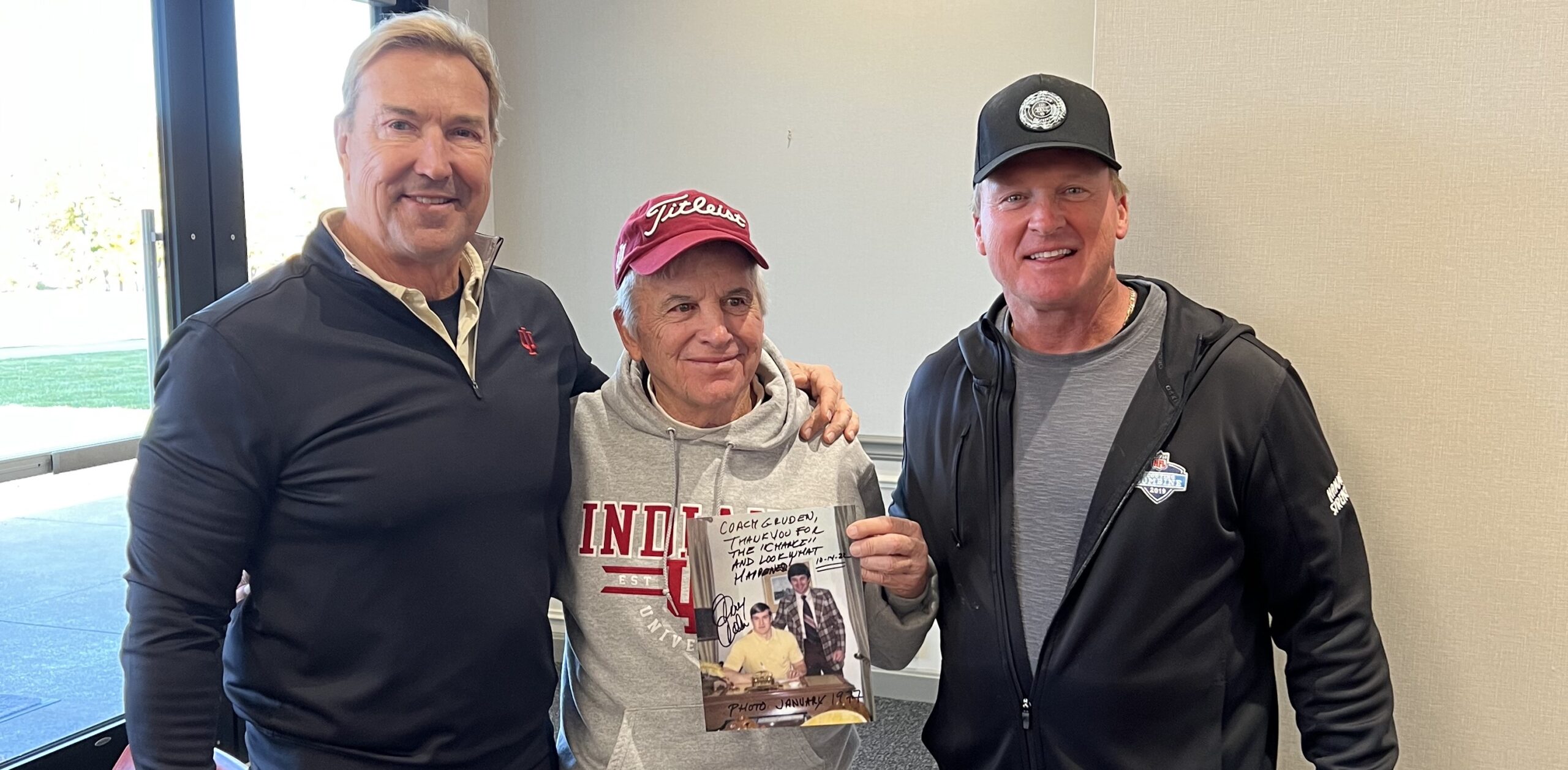BLOOMINGTON, Ind. — Angelo Pizzo had the idea for his great movie ‘’Hoosiers’’ in his head for several years, but when it finally came time to sit down and write the screenplay back in the 1980s, it was an epic failure.
He spent close to two weeks at his family’s summer home on the lake in Michigan City in northern Indiana, and at the end of his stay, he had a few pages of decent words and boxes full of crumpled papers.
“As the writer, this was something that I had never done before. I had never written a screenplay,’’ Pizzo said recently during the hour-long podcast ‘’Tallen Time’’ podcast with Terry Tallen and Tom Brew. “I had read over 1,000 screenplays and supervised great writers and not great writers, and I learned how to give good notes, but I had never even written a scene before.
“When I first started, let me put it this way, it was a nightmare. We had a summer home up in Michigan City up on the southern tip of Lake Michigan, and I went up there for 10 days, two weeks, and I went completely nuts up there, and I say that in a really negative way. I maybe came up with three or four pages, but I had boxes full of short, torn-up and crumpled papers. Everything I wrote, I completely disliked, and when I drove home, I said ‘I quit. I’m not a writer.’ I went back to LA to get a job in development.’’
Thankfully, the ‘’Hoosiers’’ screenplay effort didn’t end there. Back in Los Angeles, Pizzo said he got some great writing advice, and the rest is history. He finished that screenplay, and he and former Indiana classmate David Anspaugh wound up making what many people call the greatest sports movie ever.
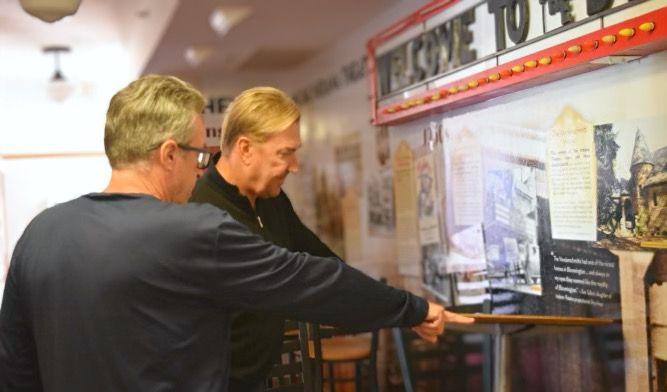
Pizzo, who was born and raised in Bloomington and got his love for movies there at a very young age, talked all about his brilliant movie career for Episode 8 of the ‘’Tallen Time’’ podcast. It was all filmed at the old Indiana Theatre on Kirkwood Avenue in Bloomington, a place were Pizzo watched movies often as a child. He was thrilled to be back there, telling stories about his great career.
Oh, and finishing Hoosiers. He got it done, his way.
“There was a guy in LA, he always thought I had a writer’s sensibility, but I never saw it. I didn’t like to write, it was too solitary for me,’’ Pizzo said. “I saw him when I got back to LA and I said to him, ‘You thought I was a writer, but I tried it and I failed.’ He said my brain needed to be developed and that critic on my shoulder who doesn’t like anything you write, you need to change that. He taught me to just start writing, to just vomit on paper, and you’re not rewriting and you keep writing until you write ‘fade out.’ That’s what I did, and it took me eight months or so, and I finished it.
“To this day, I still never re-read a thing I write until the end, and that’s 40-something screenplays later. I never read a word until I’m done. Everybody has their own method, and they find what works for them best. One of the things that was helpful for me was that it really underscored the importance of what makes a great movie. It’s a story well told. It’s the narrative. As a writer, I’m seeing this movie in my mind and I’m transcribing that on to a page. I know where the movie is going to end, but along the way, I want to be surprised, too. It’s what they call page-turning. What’s deadly for outlining is you’re moving characters around, but they aren’t there until there’s dialogue.’’
The praise for ‘’Hoosiers’’ is never-ending, even 35 years later. The original idea for the movie retraced a lot of his steps as a kid growing up in Bloomington. Basketball and movies defined his childhood in southern Indiana.
“There were three theatres in town that showed films, and this was one of them,’’ Pizzo said of what is now called the Buskirk-Chumley Theatre, the 100-year-old facility on Kirkwood Avenue in downtown Bloomington. “I was really only six or seven years old and I was allowed to go to movies by myself, which wouldn’t happen in this day and age for sure. I lived eight or nine blocks from here and I would walk over.
“I would always come for the Saturday afternoon double features. I always remember coming out of the theatre feeling like I was transported into another time. It was exhilarating for me, coming to movies. One of the examples I’ll throw out there was I remember watching ‘’West Side Story’’ here and I was a Jet all the way home, going through alleyways and jumping on cars and fire hydrants. I was such a regular that my Dad would call here and say, ‘tell Andy to come home — that’s what they called me then — it’s too late.’ I would watch the same movie over and over again. There was one time they couldn’t find me. He called and they said I wasn’t here. I happened to be sitting in the first row and I was so short they couldn’t see me here. So they starting from the first row back after that when they had to look for me.’’
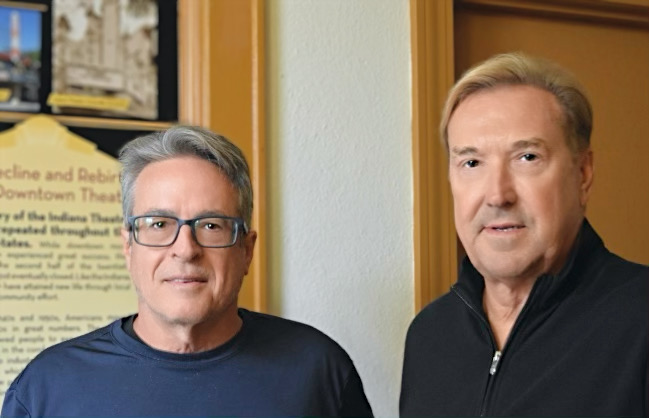
Hoosiers is inspired by the true-life events of the 1954 Milan High School team that won an Indiana state championship, and many have presumed that Pizzo’s first love was Indiana high school basketball. But that’s not true. It was Indiana University basketball that created his love for the game.
‘’My Dad’s first job out of medical school was in Bloomington. I was three years old and we lived right at 7th (Street) and Jordan, and the campus was my playground,’’ Pizzo said. “I was a block from the old (football) stadium and just a couple of blocks from the fieldhouse. I was there all the time at 6 or 7 years and did that till I was 10 or 11 years, just hanging out at the fieldhouse and watching practice. I was almost like a mascot there. They’d let me come out on the floor and I’d rebound. I was obsessed with Indiana basketball. When people ask me if I was obsessed with high school basketball, and I always tell them no, that it was Indiana (University) basketball that I was obsessed with.’’
The idea for the movie was spawned while he was a student at Indiana, along with fellow Sigma Nu fraternity brother David Anspaugh. The two film buffs talked about making a Milan movie some day. Pizzo went to USC for film school, with the intent of getting a doctorate and coming back to Bloomington to teach. He started working in the business out there, first writing questions for a game show. He got hired by Grant Tinker, best known for doing the ‘’Mary Tyler Moore’’ show, to be an assistant on a show where they filmed 13 one-hour episodes. He got into film development and production for Warner Brothers and Fox and Time-Life, working with greats like Paul Newman and Peter Bogdanovich.
“I got to learn from some really creative filmmakers, but I hadn’t really done anything creative myself,’’ he said. “After a few years there, they asked me if there was an idea I wanted to do, and I told them about the Milan story and the relationship that Indiana had with basketball. I wanted someone from Indiana to write it, someone who knew Indiana and how people walked and talked and chewed gum.
“I read a lot of material and nothing really struck me. It was at that time that Time-Life was disbanding our unit and they offered me eight months of salary or a job at HBO, so I took the money.”
And his career got a lift thanks to Indiana basketball, once again.
“Indiana had just gotten to the Final Four in 1981 and I drove down from New York when I was just finalizing my deal with Time and I went down to Philadelphia and watched them win and I knew Dr. Bomba, because he and my dad were really close friends,’’ Pizzo said. “I told him that I was coming back to Bloomington and asked them if there was any room for a ride home. So I hitched a ride back with the team and partied and celebrated with them for a few days.
”When I got here, I figured I’m here, I’m going to start doing some research. I went to Ripley County and took a bunch of notes. I talked to a few of the Milan players and what I realized after those conversations was that I could not do the Milan story. The first thing I learned in Screenwriting 101 is that he essence of all drama is conflict, and when I talked to the first player, I asked him how all the players got along and he said, ‘we all loved each other,’ and when I asked about the coach, he said the same thing, that he loved everybody and we loved the coach. It was then that I thought to myself, this could be the most boring movie of all time.”
In his mind, the idea was changing. So the story had to change, too.
“I started coming up with scenes, but they weren’t about Milan. I realized I had to invent new characters and a new story. But I still wanted to capture the time and place from back then, and it was right about then and there that I started with the idea of writing it myself.’’
What he wrote became epic, because the main story he told was so inviting. But what made it great was the character development, from Gene Hackman as Coach Norman Dale to every player on the team, who had something of a back story as well. What makes ‘’Hoosiers’’ so great is that Pizzo made a couple dozen great characters. Dennis Hopper won Best Supporting Actor in ‘’Hoosiers’’ for his role as a drunk who has a detached relationship with his basketball-playing son. Pizzo said the inspiration for that story line came from a true-life experience with a father and son, but he had never originally saw that character for what he became.
“I tried several ways to get the coach to connect with the players, and in that case, the father was only going to be a device, not a character in the movie,’’ Pizzo said. “So when I created that scene of him coming onto the floor, there was something that happened between those two characters — (Hopper and Hackman) — that there became a connection. So I wrote another scene in a café, and that happened for me right on the spot. It just added so much more to the story. And that character became best supporting actor. If you had seen the long cut, you would have seen even more (of Hopper).’’
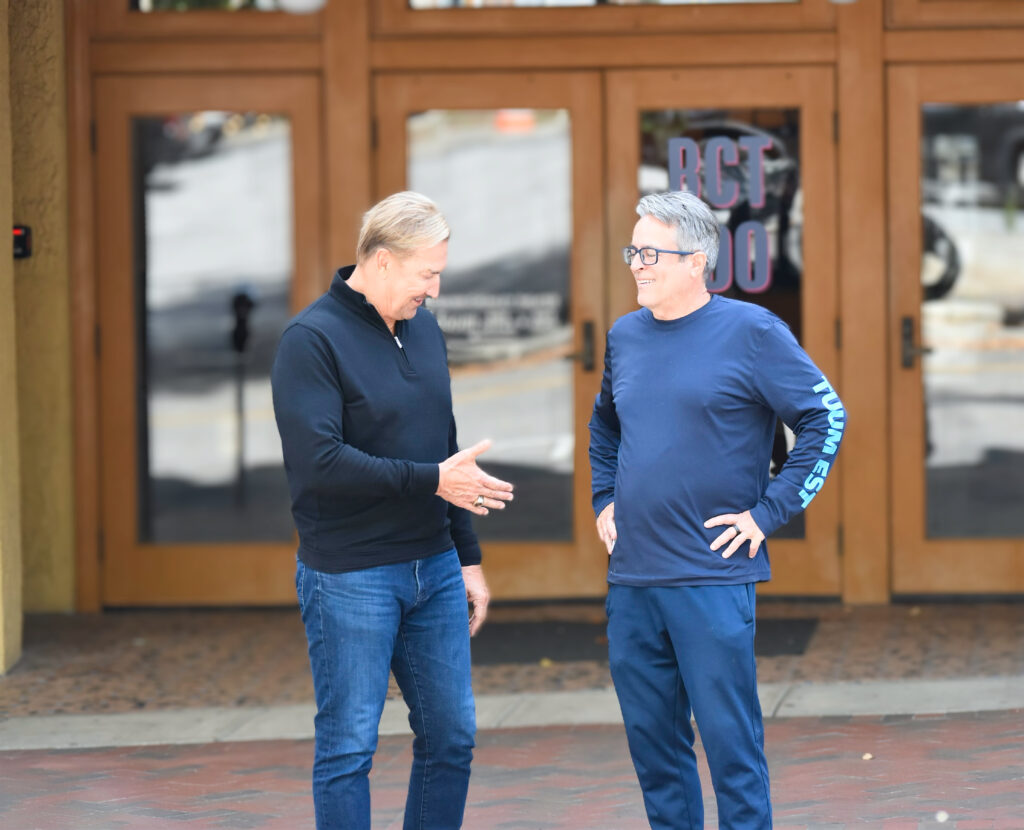
Pizzo said his first draft of the movie was three hours and 45 minutes long, which he knew would never work, and they knew that right away.
“There was a lot of basketball, and we had stories on every game we shot, and we recognized there was too much. A lot of it became a montage,’’ Pizzo said. “We got it to two hours and 29 minutes, and we told Orion Pictures, our distributing studio, this is the cut we want and they told us ‘absolutely not.’ They wanted it to be two hours, and nothing more. They refused to even look at it. We did a screening for the full version, though.
“I was extraordinarily nervous about that screening down in Irvine (California), and the whole Orion team had to come because they pass out papers and mark scores and so on. This was the first screening that wasn’t just for friends and family. People laughed and they cried — and they even laughed in places where I was surprised they laughed. We got a 10-minute standing ovation and it got the highest score ever in the history of Orion Pictures. I never forget talking to the president of Orion Pictures. We were fighting over the title. They were refusing to call the movie ‘’Hoosiers’’ because it didn’t translate to foreign territories. They were still insisting we call it ‘’The Last Shot.’’ And after this screening, they said, ‘well, boys, it certainly works. OK, we’ll give you your damn title. You can have your damn ‘Hoosiers’ as the title but we’re not releasing a movie more than two hours. You figure it out.”
Trimming the final half-hour turned out to be the most difficult part of the entire production.
“David and I went back into the editing room for another two or three weeks and that was painful,’’ Pizzo said. “We had to cut out some of the best scenes in the movie. The whole relationship between Barbara (Hershey) and Dennis kind of got eviscerated. We knew we didn’t give them the best cut.’’
But it was still pretty darn great. The movie was a smashing success and even 35 years later, it still gets rave reviews. Pizzo admits that he and Anspaugh had no idea what they had made at the time. They weren’t even sure it was any good, and had serious questions about whether anyone would watch it.
“All the way through making the movie, David and I thought our careers were over. David had never directed a movie, I had never produced one,’’ Pizzo said. “The problems we had were almost too many to mention. When you shoot all those individual scenes, you don’t know how it’s all going to come together. You can have the best writers and directors, and like a souffle, sometimes it doesn’t rise.
“Did the success surprise us? It shocked us. We were hopeful, but we expected it to be a career-ending movie. Once we got our run, our theatrical run, we thought that was it. That was it, the end of the movie. How Hoosiers — and also ‘Rudy’ — have sustained in popular culture was a shock, and still is to this day. The success of Hoosiers all these years later, two years ago the LA Times did a poll, it was the best sports movie of all time. It’s more than just about Indiana. We originally tried to get funding from Mel Simon’s (Indianapolis-based) company. We met with Cindy Simon, who’s now Cindy Simon-Skjodt — (that’s her name on Assembly Hall at Indiana) — and she turned us down. She felt nobody outside the state lines would be interested in the film. She was not alone either, to be honest.’’
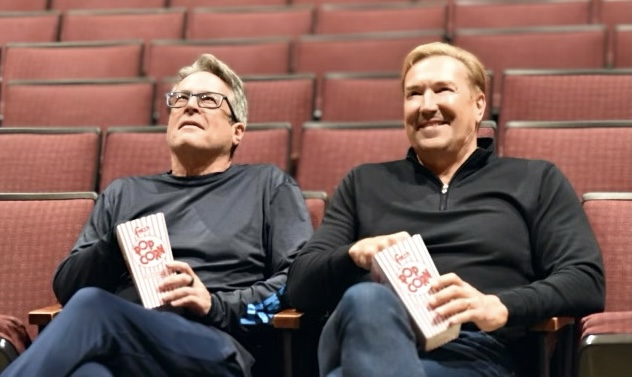
Pizzo is one of the few people in filmmaking with two iconic movies to his credit. He also did “Rudy,’’ set at Notre Dame about student manager Rudy Ruettiger, even though he said no ’probably a hundred times’ to doing it.
“Rudy saw ‘Hoosiers’ and knew he wanted us to make the movie,’’ Pizzo said. “He was living in South Bend, and it got pitched to us. David grew up in Fort Wayne and always liked Notre Dame and thought it was a good story, but I said, ‘absolutely not, I will not do that movie.’ Not only was I from Bloomington, but I really disliked Notre Dame and I really didn’t want to do another Indiana sports movie. I told him no repeatedly.
“Rudy kept sending me stuff and sending me stuff, and I kept saying no, but if you know Rudy, he doesn’t take no for an answer. Like two years after the first pitch to us, David was in LA being offered a baseball movie and the idea of Notre Dame came up during a meeting and David told them the Rudy story. He said to me, we’ve got to go pitch them.
“I got a call from David and he said, ‘are you ready to pitch?’ and I told him no. David said they needed us as a team. I told him, if we sell it, I’m not going to write it. David pitched his heart out. Usually that’s the time they thank you for coming, but this time Frank Price leaned over the desk, and he had two VPs there, and he said ‘I can’t wait to see this movie and they all turned toward me and looked at me, and I said ‘oh, shit, this is a nightmare.’ They were all saying you’ve got to do this. And a week later I was on a plane, walking the Notre Dame campus with Rudy.’’
Pizzo spent the final part of the Tallen Time podcast talking about why he moved back to Bloomington from Los Angeles and what he’s up to now. He also sat in with Brew on his ”Hoosier Roundtable” podcast so he could be a part of Indiana linebacker Cam Jones finding out that Tallen has sponsored his scholarship this year. Jones broke down in tears and Pizzo, a huge Indiana football fan, was thrilled to meet Jones.
Pizzo has several projects in the works and has no interest in retirement.
“Retirement doesn’t interest me,’’ Pizzo said. “I’d be bored out of my mind.’’
You can watch the entire podcast on our Tallen Time You Tube channel. To go there, just CLICK HERE.
And when you’re there, please subscribe. It’s all free and you’ll get notifications when new podcasts launch, plus you can watch all EIGHT shows right there in one spot. And please share our great work with your friends.
